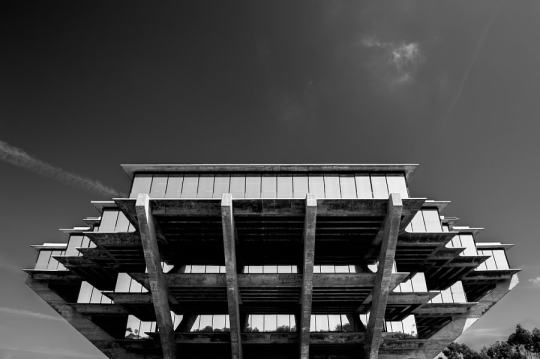We tend to think of buildings as being very permanent structures. After all, our cities are filled with buildings that are hundreds of years old. And in some cases, much older.
But the reality is that buildings, just like everything else, depreciate over time. They have life cycles and they need to be regularly maintained and periodically renovated in order for them to survive.
This morning I was reading the blog of Witold Rybczynski, who is an author and architecture professor at the University of Pennsylvania. A few months ago he wrote a post talking about the short life cycle of modernist buildings.
According to a recent colloquium at the Getty Center, the average life span of a conventionally built building (masonry and wood) is about 120 years. But for modernist buildings (reinforced concrete and glass curtain wall) it’s half that: 60 years.
And if you are to consider the typical big box retail store, the life expectancy is probably a third of that – if even that. Usually it is cheaper to just tear down the old box and build a new one when needs change. That’s part of the reason why the leases usually have clauses that try and prevent the retailer from just “going dark” and stopping operation.
So we are literally not building them like we used to. And there’s a lot of debate in architecture and building circles about whether or not this poses a serious problem for cities. It is clear that Witold is unhappy about this shift.
I am a strong believer in heritage preservation. I believe wholeheartedly that cities are far richer with layers upon layers of history. But I also acknowledge that in our world of 6 second Vine videos, we seem to be less worried about whether something will last 60 or 120 years.
Perhaps that’s a problem. Or perhaps the times are just changing.


Cement production causes roughly 8% of global greenhouse gas emissions. And there is a lot of other raw material use and land consumption driven by that. So, the life span of buildings has a substantial impact on the environment. The more short-lived, the less sustainable
LikeLike
Buildings in sumpy areas can last for long do to the water levels
LikeLike
Your lifespan expectancies for traditional structures of 120 years is way off… traditional brick masonry in lime putty can last up to 1000 years, as well as old growth timber… we should be building with pre-oil technology at least for residential scale, until we develop a better system.
LikeLiked by 1 person
Pingback: Legacy or Loss? Whats left after the party? – Jessica Brion
Pingback: Legacy or loss: What’s left after the party? – Jessica Brion
Good afternoon, Brandon,
I happened upon your post whilst reading around the subject for my dissertation. Interestingly or not depending on one’s point of view I think there could be more sophisticated ways of predicting building life span using machine learning techniques rather than human experience or opinion of the life expectancy of individual budling components.
A buildings lifespan is a lot more likely to end far sooner via a social or technological requirement, take the newfound interest in carbon reduction and building energy efficiency for instance, how many “well built” masonry buildings will be renovated or torn down to be replaced by more efficient ones in the coming years – way earlier than their predicated life span.
The point you raised is a valid one, as we move toward a circular economy do we need to build structures that last, or do we need better processes that enable the human race to regenerate its architecture more frequently, without wastefully impacting on the planets resources?
LikeLike
Pingback: This Is How Long Buildings Last – prefabie.
Pingback: Why Is Rammed Earth Construction Material Sustainable? - Building Renewable